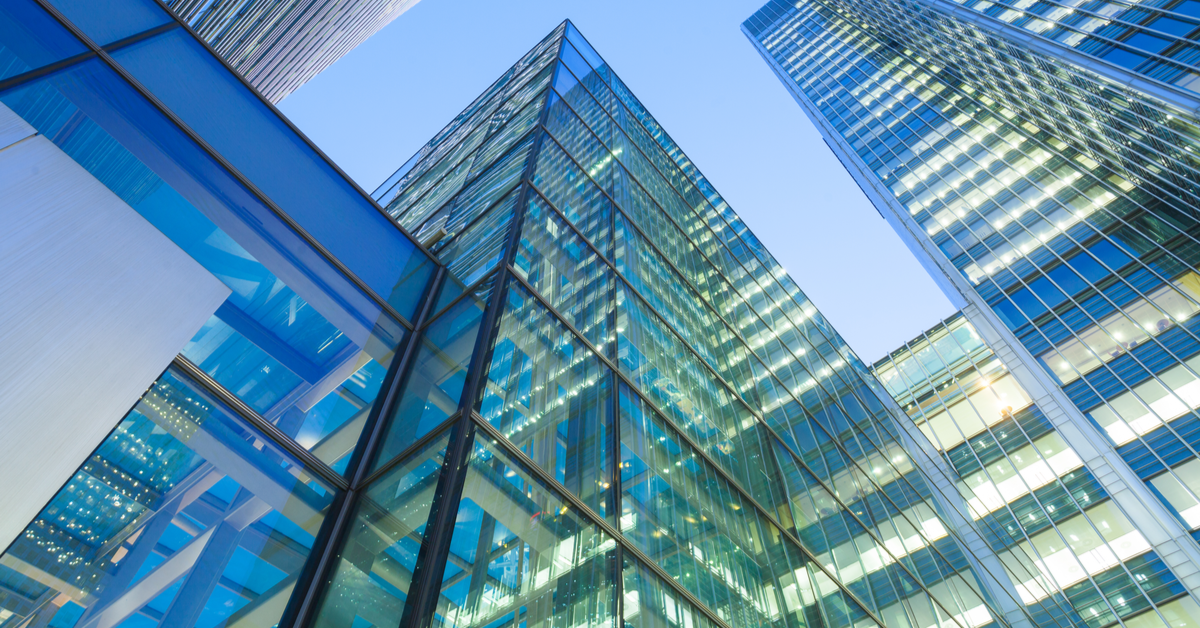The flight to quality assets within the office real estate sector has been a real trend since the beginning of the COVID-19 pandemic, as investors have been swift to flock to safe havens of consistent leasing and projected profitability since the onset of the health-related uncertainty.
The traditional thinking has been that Class A urban office properties are the safest assets in the sector, and historically that’s been the case. But according to Moody’s Analytics, even this subclass is showing signals of potential turmoil.
A Moody’s index of central business district assets shows that the occupied stock of Class A urban office space has been on the rise since at least second-quarter 2021. That’s in sharp contrast to the occupied stock of Class B and Class C urban office space, which began a drastic decline in fourth-quarter 2021. But the index’s Class A reading took a stark downward turn at the end of last year, marking what Moody’s referred to as a potential inflection point in the subsector’s outlook.
“We still tend to agree that a ‘flight to quality’ is a real phenomenon, but the net leasing activity is beginning to turn south even within those higher-quality urban assets,” said an analysis published on Moody’s website. “This is consistent with recent news of defaults of Class A properties in Los Angeles and other major cities around the U.S.
“We don’t want to sound overly alarmist … but this is another indication that the skies are turning rather cloudy and seas increasingly choppy for the [overall office] sector.”
Much has been made about the aforementioned high-profile defaults — a pair of “strategic defaults” by commercial real estate titan Brookfield on a pair of Class A properties in downtown Los Angeles. Not long after, Columbia Property Trust defaulted on a portfolio of seven buildings in four states, including office towers in gateway cities leased by premier tenants like Twitter, Snapchat, BuzzFeed and WeWork.
Are these defaults a sign of things to come? Yes and no, according to Moody’s.
Brookfield’s decision to default, per Moody’s, needs further context. One of the properties that Brookfield defaulted on was the 777 Tower, built in 1990 amid 25 newer office buildings built since 2000. Meanwhile, asking rent growth in Los Angeles has stagnated, with rent projections in the city’s downtown lagging behind those of the metro at large. Couple these factors with the fact that the two defaults together represent less than 2% of the company’s nonrecourse mortgage debt, and it’s fair to frame the move as “an idiosyncratic issue,” Moody’s wrote.
But Brookfield’s size and standing within office real estate merit consideration. Its strategic decisions are a likely catalyst for other companies to use similar tactics, Moody’s said.
“With an increasing amount of lease expiration and loan maturities on the horizon, we are closely watching if, how and when refinancing is accomplished,” Moody’s analysts wrote.





